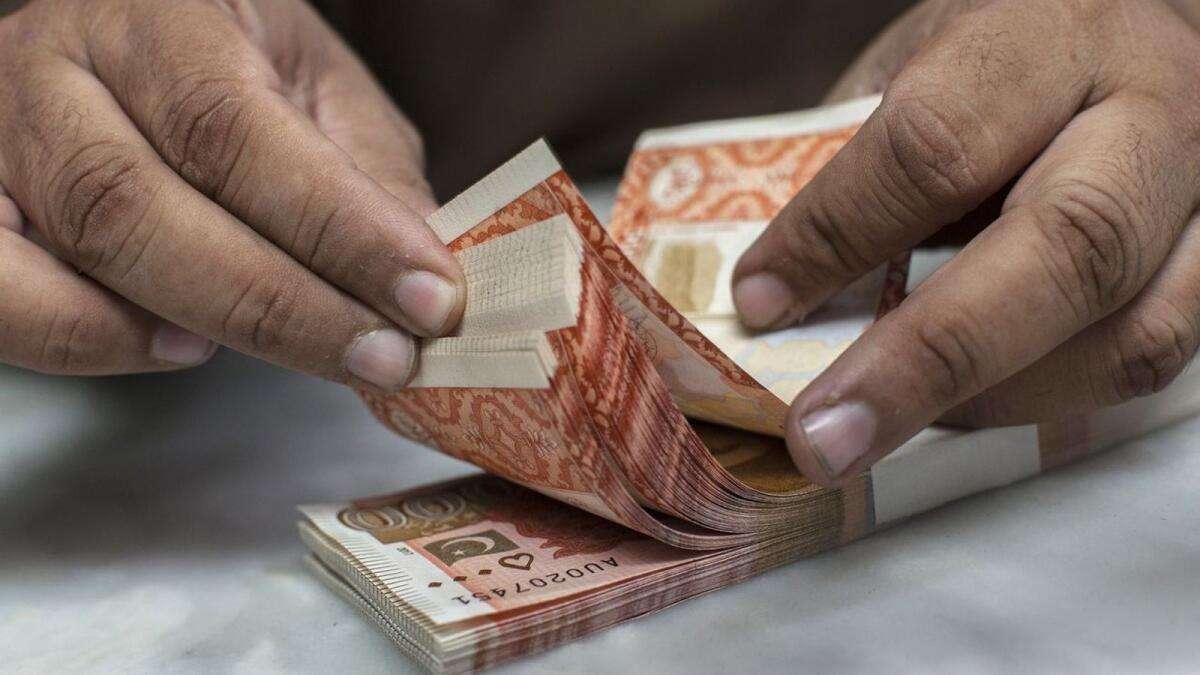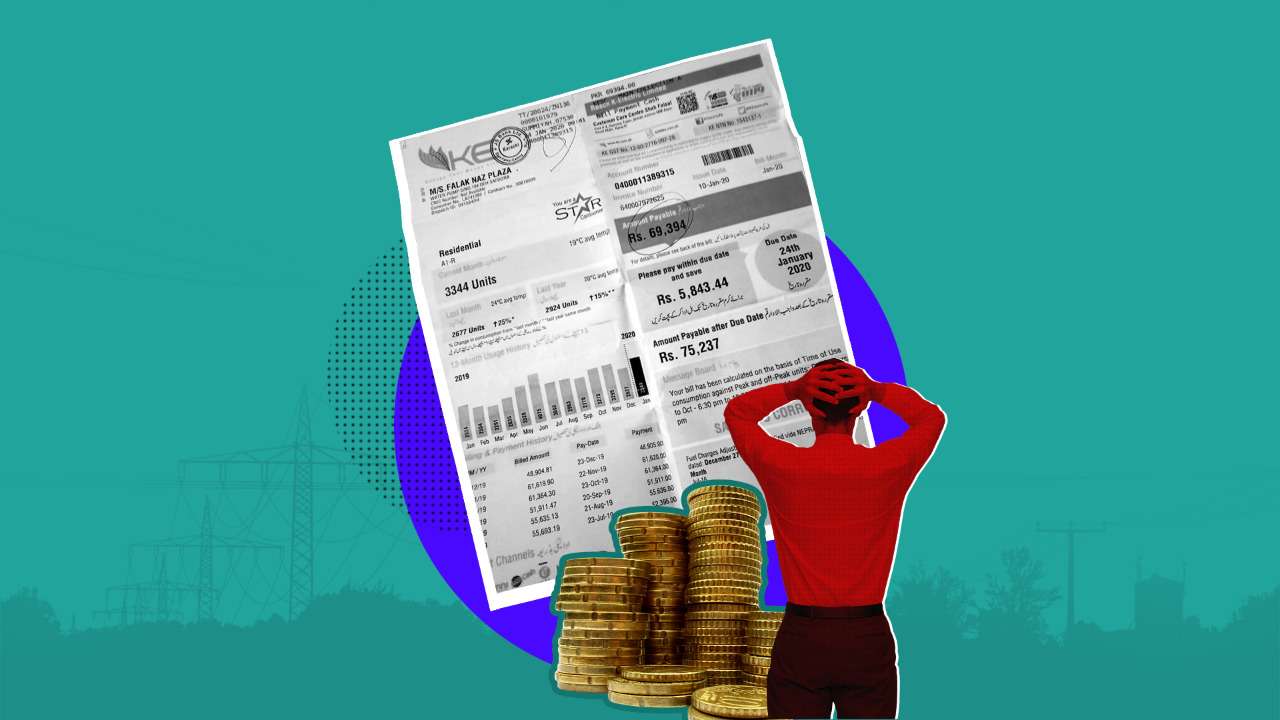Eight significant financial risk factors that the Ministry of Finance believes could worsen Pakistan’s economy have been outlined in a report.
According to the media reports, macroeconomic imbalances, growing debt, guarantees, climate change, losses for state-owned companies (SOEs), risks associated with public-private partnerships, fiscal irresponsibility on the part of provincial governments, and governance issues are listed as the main contributing reasons for key risks to Pakistan’s economy.
According to the Ministry of Finance’s Fiscal Risk Statement (FRS) for 2023–2024, several factors, including currency devaluation and fluctuations in global food and energy prices, have contributed to Pakistan’s recent volatility in inflation rates. The devaluation of the Pakistani rupee has been substantial in recent times, owing to a multitude of risk factors including global economic conditions, trade imbalances, political instability, and external debt. By boosting the policy rate, the State Bank of Pakistan (SBP) is proactively addressing rising inflation. According to the FRS, in addition, Pakistan’s government is concentrating on implementing efficient administrative, policy, and relief measures to manage inflation and stabilize the economy.
Also read: Establishment contacted Imran Khan pre-polls: Former Defense Secretary
There is now more risk to external stability and a worsening inflation forecast. The primary upward risk to the inflation projection is the uncertainty surrounding the future trajectory of energy price adjustments. On the other hand, a possible cooling off in global commodity prices could help lower inflation. In addition, medium-term price reductions would be made possible by increased interest rates, passing through the impact of rising energy prices, and adjustments to the currency rate. Given the decrease in mark-up payments, it would thereafter follow the expansionary monetary policy and improvement in fiscal space. Therefore, in the medium run, the stabilizing measures implemented during the past year may have positive effects on the Pakistan’s macro economy and the budget.
The administration intends to undertake policies like broadening the tax base, streamlining subsidies, and encouraging economic growth to lower the fiscal deficit. The difficulty of increasing debt servicing, however, may make it more difficult to reduce the fiscal deficit. To examine fiscal risks, three scenarios that represent macroeconomic hazards are simulated. In Scenario 1, the government’s responses to revenues, expenses, and the fiscal deficit are modeled and simulated in the context of low-cost financing options (a two percentage point reduction in the interest rate on external debt and a four percentage point reduction in the interest rate on domestic currency).
Net federal revenues are predicted to stay at 6.7% of GDP, federal spending is predicted to increase to 9.7% of GDP over time, and the federal fiscal deficit is predicted to reach 3.0% of GDP.
The responses of revenues, spending, and the fiscal deficit to a 50% drop in non-tax receipts relative to baseline expectations are further described in Scenario 2. The federal budget deficit will rise to 5.4% of GDP, government spending will stay at 10.6% of GDP, and net federal receipts will drop to 5.3% of GDP.
The third scenario illustrates how revenues, expenses, and the government fiscal deficit would respond if the growth rate consistently falls short of the medium-term projection by 0.5% annually. The federal budget deficit, federal spending, and net federal revenues will all stay at 7.1%, 11.0%, and 3.9%, respectively, by FY2026. Reduced non-tax revenue collections have a greater impact on the federal fiscal deficit than do declining interest payments or GDP.
Also read: Pakistan achieved new milestones in mining sector under SIFC
The government’s overall public debt has surpassed the 60% of GDP ceiling set by the FRDL Act throughout the past five years. The main cause of this is the persistent budget deficits, which since 2010 have averaged 6% of GDP and have accelerated the accumulation of debt. Both budgetary and non-budgetary reasons, such as the realization of contingent liabilities and unfavorable changes in interest and currency rates, can cause the debt to rise.
The government’s fiscal position may be vulnerable in the face of large current account deficits, insufficient foreign exchange reserves, and a declining exchange rate because external debt makes up 40.8% of total public debt. Large external payments combined with a lack of foreign exchange reserves have caused liquidity problems, unstable domestic interest rates, and exchange rate instability, which has increased the burden of external debts denominated in local currency.
Refinancing the government’s maturing debt is necessary when there is an ongoing fiscal deficit, and new debt must be raised to make up the difference. A high proportion of short-term debt makes refinancing more difficult, maybe very difficult, amid times of weaker economic growth, larger budget deficits, and/or decreased investor confidence. The government must attain and maintain a longer average time to maturity (ATM) for both its external and domestic debt in order to control the refinancing risk. This means that, in keeping with the present medium-term debt strategy, the government should issue debt with longer maturities, which will minimize the frequency of debt rollovers and the refinancing risk.
It is imperative to maintain a zero current account deficit prior to interest payments in order to guarantee a gradual decrease in external debt to Foreign Exchange Earnings (FEE). Additionally, FEE growth should be greater than the interest rate paid on external debt. Due to administrative actions taken by the government to reduce imports, the current account deficit significantly improved in the first three quarters of FY2023; nonetheless, short-term commercial loan repayments are causing an increase in the foreign debt’s amortization.
In FY2022, the stock of guarantees was 4.5% of GDP. The reason for avoiding including guarantees given against commodity operations in the annual limits on new issuances is that the loans are effectively self-liquidating and backed by the underlying commodity. These assurances are given about the commodities financing initiatives that TCP, Passco, and the local governments have undertaken.
As of the end of June 2022, the outstanding stock of commodity operations was Rs1,134 billion. Due to problems like product theft, unpaid subsidies, and waste during storage, a sizable portion of commodity businesses lack underlying collateral, which presents a financial risk.
Pakistan is ranked among the top 10 nations most susceptible to the effects of climate change, according to the German watch organization’s 2021 Global Climate Risk Index. Pakistan will be vulnerable to more severe, frequent, and prolonged droughts due to the expected considerable increase in the number of days per year with a heat index of more than 35°C, and the melting of the Himalayan glaciers will be a danger. 33 glacial lakes are already known to be vulnerable to dangerous glacial lake outburst floods (GLOF), which might endanger millions of people, according to the Ministry of Climate Change. According to the Climate Vulnerability Monitor, Pakistan is ranked 12th in the world for climate vulnerability, which emphasizes the urgency of taking immediate action, the FRS stated.
However, the nation is hoping that the new government will make some efforts to revive Pakistan’s economy.





3 thoughts on “Key risks to Pakistan’s economy by Finance Ministry”
Comments are closed.